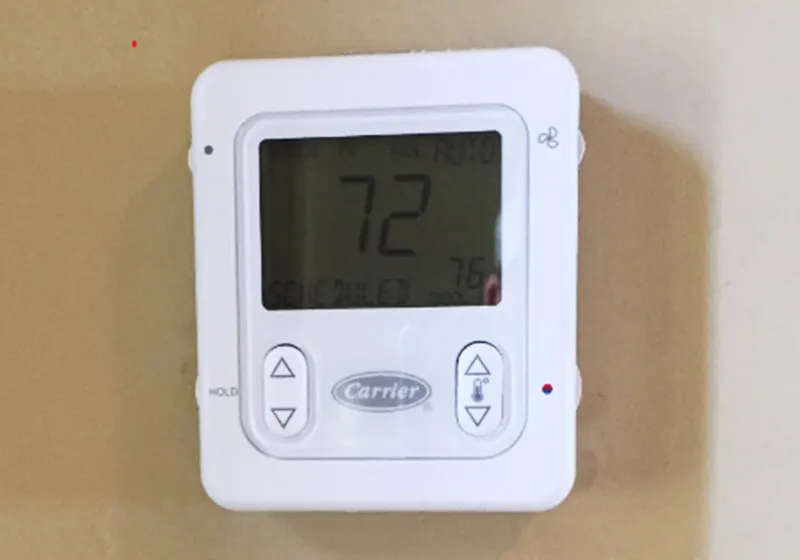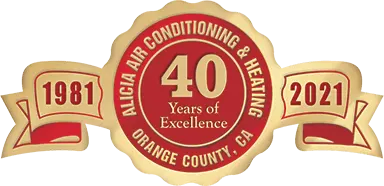These days, there is a lot of talk about going green and our responsibility to the environment. And although the HVAC industry is responding with new products to help save on energy use, there are some basic and cost-effective ways you can cut energy costs and reduce your home's carbon footprint. These tips will also make you feel better knowing you have contributed to improving our environment.
Proper equipment maintenance.
If you do nothing else to reduce carbon emissions, you must keep your HVAC equipment properly maintained. This means having a qualified technician service your furnace or air conditioner without fail every year before the start of the heating and cooling season. Make sure equipment is set up and operating properly, air filters are changed, and in general, ensure the unit is operating at its peak efficiency. Dirty appliances that are out of adjustment not only foul the environment, wasting fuel and increasing your carbon footprint, but also cost you MONEY.
Install a programmable thermostat.
Installing an Energy Star programmable thermostat can save an average of $150.00 per year. By automatically lowering the temperature when you are not home, (or raising the temperature in the case of air conditioning), equipment run times and carbon emissions are reduced, and you save money.
Keep registers & grills clean & unobstructed.
Keep furniture from blocking supply vents and return grills in ducted air systems. If the system can not move the air properly, it has to run longer to satisfy the room temperature setting, which burns more fuel.
Here are a few more things you can do to reduce your carbon footprint and save energy. You will spend some money now, but the savings will be worth it!
Upgrade your home's HVAC system to a new high-efficiency HVAC system. Older equipment can be as little as 50% efficient (AFUE)! Installing a new 80% to 95% efficient (AFUE) system will save big dollars on heating and cooling costs and will be more environmentally friendly.
New air conditioners can save substantially on your electric bill. In some cases 50 - 70%.
With 45% to 55% of your home energy budget going for heating and cooling, it pays to get the most for your money. This is also where most of your carbon footprint is generated. Do your homework and run the numbers, and you will see what you can save by being Earth-friendly.








